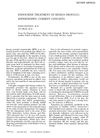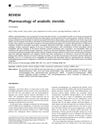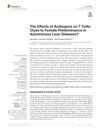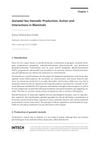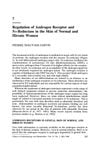Androgen Receptor in Rat Liver: Characterization and Separation from a Male-Specific Estrogen-Binding Protein
January 1989
in “
Archives of biochemistry and biophysics
”
androgen receptor androgens cytosolic androgen-binding proteins nuclear androgen-binding proteins synthetic androgen R1881 DHT dihydrotestosterone DHT metabolite male-specific estrogen binder MEB gel filtration heparin-Sepharose affinity chromatography castration testosterone pituitary gland androgen receptor androgens synthetic androgen R1881 dihydrotestosterone male-specific estrogen binder MEB testosterone pituitary gland
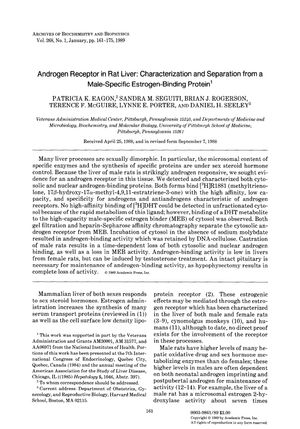
TLDR Male rats have androgen receptors in their liver, which are different from proteins that bind estrogen.
The study investigated the presence of an androgen receptor in the liver of male rats, which is known to be responsive to androgens. Researchers found both cytosolic and nuclear androgen-binding proteins that bind to [3H]R1881, a synthetic androgen, with high affinity and specificity, indicating the presence of androgen receptors. They were unable to detect high-affinity binding of [3H]DHT due to its rapid metabolism but observed binding of a DHT metabolite to a male-specific estrogen binder (MEB). The androgen receptor and MEB were successfully separated using gel filtration and heparin-Sepharose affinity chromatography. The study also found that castration led to a decrease in androgen and MEB binding activities, and that androgen-binding activity was low in female rat livers but could be induced by testosterone. Additionally, the presence of an intact pituitary gland was necessary for maintaining androgen-binding activity, as its removal resulted in a complete loss of this activity.

